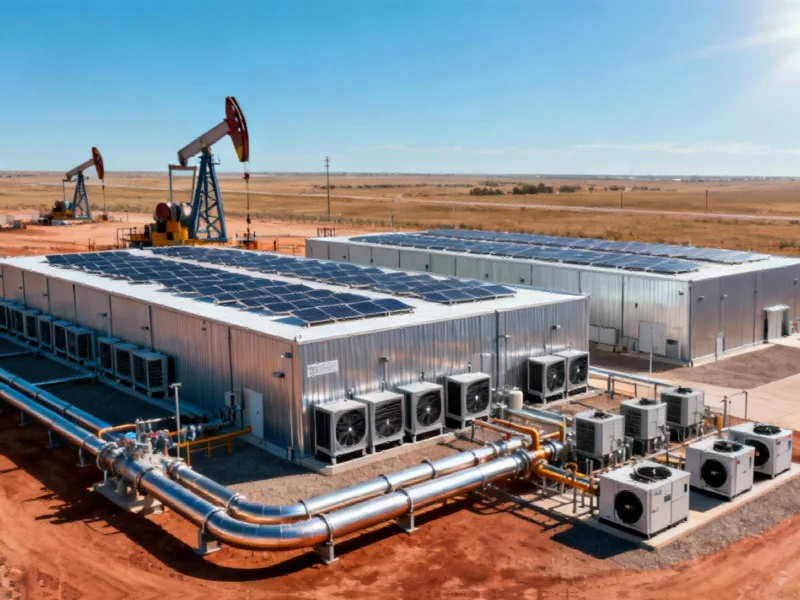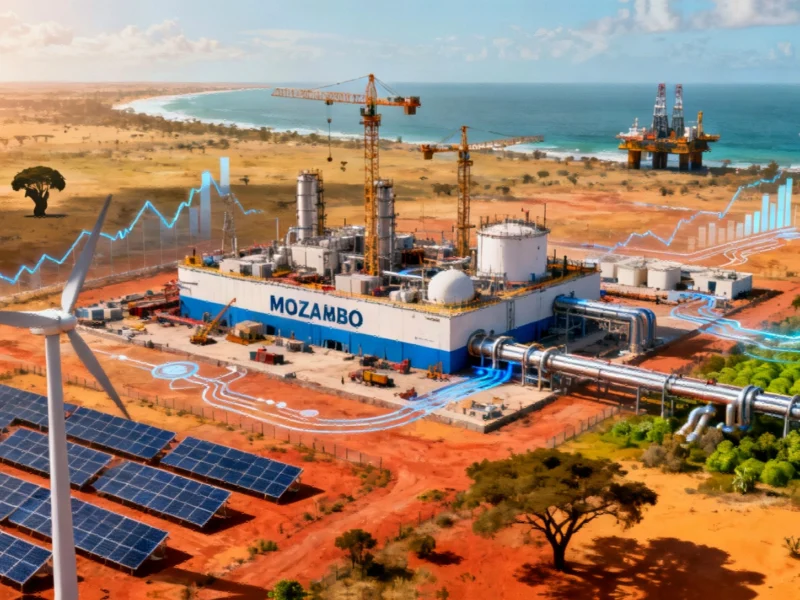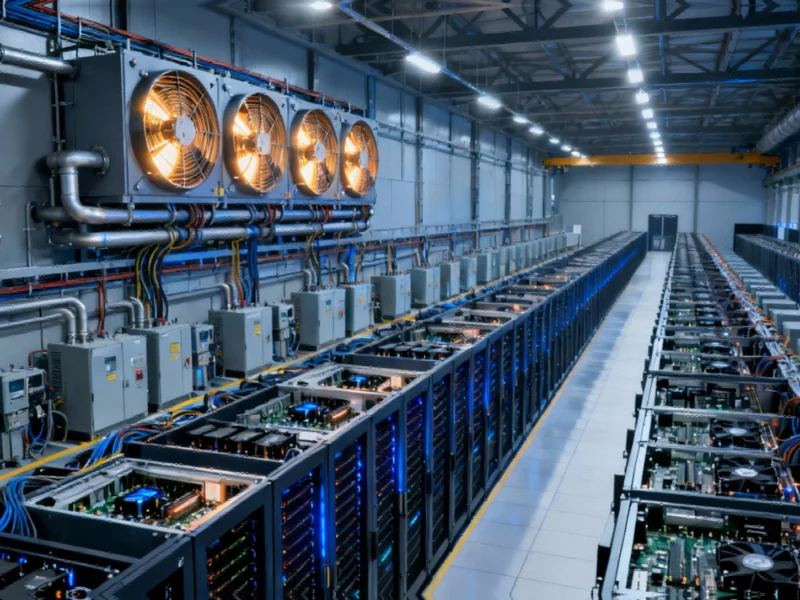Texas Emerges as AI’s Powerhouse
The AI revolution is finding an unlikely home in the heart of Texas oil country, where datacenter developers are racing to build massive computing facilities powered by the state’s abundant energy resources. This strategic shift toward Texas energy infrastructure represents a fundamental rethinking of how to power the computationally intensive demands of artificial intelligence systems.
What makes Texas particularly attractive is its unique combination of established energy infrastructure and favorable business climate. The state’s legacy as an energy producer now positions it as an ideal location for power-hungry AI operations seeking reliable, cost-effective electricity.
Major Players Stake Their Claims
Technology giants and AI specialists are making billion-dollar bets on Texas soil. Meta recently announced its 29th datacenter project in El Paso, planned to scale to a gigawatt of compute capacity by 2028. The $1.5 billion initial investment reflects the massive scale required to support future AI workloads, with power supplied through a mix of natural gas, nuclear, and solar sources.
Meanwhile, Nvidia-backed AI developer Poolside is collaborating with CoreWeave on an ambitious two-gigawatt facility directly on West Texas oil fields. This project takes energy sourcing to the source, planning to power the datacenter using onsite generators fueled by natural gas extracted from adjacent fields. The $16 billion project represents one of the largest private infrastructure investments in recent memory.
Innovative Energy Strategies
The approaches to powering these facilities vary significantly across projects. While some operators like Meta aim to match energy consumption with renewable sources, others are embracing more direct methods. Poolside and CoreWeave’s oil field location enables them to utilize stranded gas that might otherwise be flared, potentially reducing both costs and environmental impact.
ECL is pursuing yet another path with its Houston-based gigawatt datacenter planned to run on hydrogen fuel cells. Lambda has signed on as the first tenant for this innovative facility, though deployment timelines have experienced some delays. This diversity of energy approaches demonstrates the evolving nature of datacenter power management in the AI era.
Hardware at Unprecedented Scale
The computing hardware requirements for these facilities are staggering. Oracle’s flagship Stargate campus in Abilene, developed with partners Crusoe and Oracle, plans to eventually house 450,000 Nvidia GPUs – equivalent to 6,250 Nvidia GB200 NVL72 rack systems. At an estimated $3.5 million per NVL72 rack, the hardware investment alone represents one of the largest computing deployments in history.
These massive GPU clusters represent the physical manifestation of the AI boom, with companies like Oracle embracing comprehensive AI strategies that require unprecedented computing density. The scale of these deployments suggests that current AI models are just the beginning of what’s possible with such computational resources.
Economic and Technical Implications
The concentration of AI infrastructure in Texas creates both opportunities and challenges. The state benefits from massive capital investments and job creation, while operators gain access to reliable power and favorable operating conditions. However, this clustering also raises questions about regional power grid stability and long-term sustainability.
As programming languages and development tools evolve to support these AI systems, the industry is watching how technology landscapes shift to accommodate new computational paradigms. The same trends are reflected in broader industry movements toward specialized computing architectures optimized for AI workloads.
Future Outlook
The Texas datacenter boom shows no signs of slowing, with multiple multi-gigawatt projects scheduled to come online through 2028 and beyond. The success of these facilities could determine whether other energy-rich regions follow Texas’s lead in repurposing traditional energy infrastructure for digital transformation.
What’s clear is that the marriage of Texas’s energy resources with AI’s computational demands represents a significant shift in how we think about powering the next generation of technology. As these facilities begin operations, they’ll provide valuable insights into the scalability and sustainability of AI infrastructure at unprecedented scale.
Based on reporting by {‘uri’: ‘theregister.com’, ‘dataType’: ‘news’, ‘title’: ‘TheRegister.com’, ‘description’: ”, ‘location’: {‘type’: ‘country’, ‘geoNamesId’: ‘6252001’, ‘label’: {‘eng’: ‘United States’}, ‘population’: 310232863, ‘lat’: 39.76, ‘long’: -98.5, ‘area’: 9629091, ‘continent’: ‘Noth America’}, ‘locationValidated’: False, ‘ranking’: {‘importanceRank’: 277869, ‘alexaGlobalRank’: 21435, ‘alexaCountryRank’: 7017}}. This article aggregates information from publicly available sources. All trademarks and copyrights belong to their respective owners.



